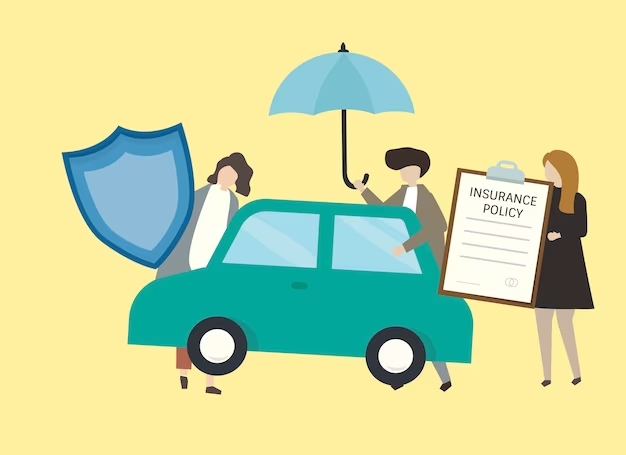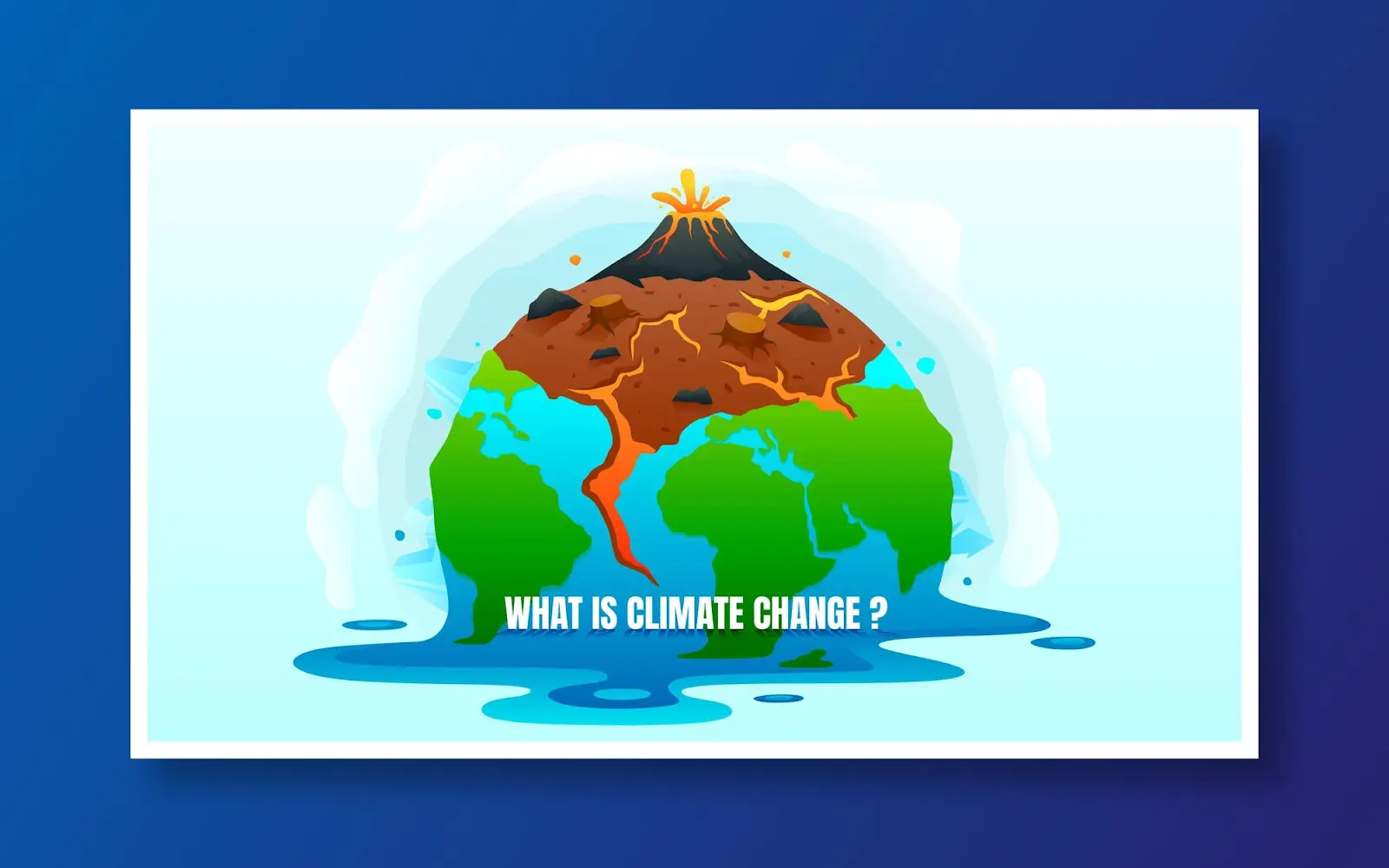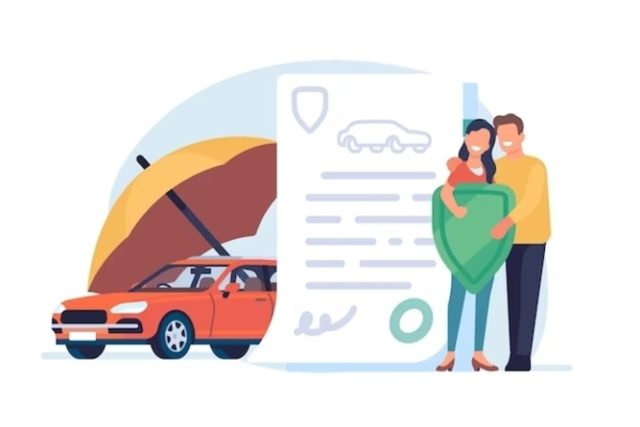In a tropical nation like India, the monsoons bring relief from the sweltering heat of the summer. In addition, the agricultural economy relies heavily on rainfall. It might be bad news for your car, however.
Rainwater may corrode the metal parts of a vehicle, which can lead to costly repairs. During monsoons, there is always a chance of flooding, trees falling on your vehicle, electrical components shorting out, etc. Having enough car insurance is, thus, crucial.
How does car insurance benefit you?
Comprehensive car flood insurance protects your vehicle in a flood, cyclone, or hailstorm. Both engine and accessory damage are possible in the event of a flood. A car entirely or partly immersed in water may have a damaged machine. It would be expensive to get the extras fixed. Most car insurance policies cover damage to the car’s engine and upholstery caused by flooding.
The insurance only covers some things, however. Car flood insurance would only apply in the case of an unforeseen catastrophe. If you try to start your flooded car and the engine is damaged, you won’t be able to file a claim because of the flood. If this happens to you, call your insurance company, and they will handle getting your car fixed.
Steps for Claiming Car Insurance During Flood

Here is a detailed explanation of how to file a flood insurance claim:
Step 1: Your first step should be to call the toll-free number or text the car flood insurance provider.
Step 2: You must provide your insurer with complete, honest, and accurate information. Give as much detail as possible, such as the location of your car’s breakdown and whether or not you were behind the wheel.
Step 3: After you have submitted your claim to your insurance company, you will be given a Claim Registration Number for future reference.
Step 4: Your insurance company will then arrange a time to have your vehicle towed from your residence to the closest repair facility.

Step 5: Your insurance company will send out a surveyor to evaluate the damage and give you a quote for the cost of repairs. Your insurance company will also inform you what portion of the bill you’re responsible for paying.
Step 6: When you’re satisfied that all of your questions concerning the payout have been answered. It is then possible to sign the claim approval form. You should keep a copy for future use.
Step 7: Contact your insurance company to find out how long it would take to fix your car. It’s also vital that you keep in touch with the garage to find out the status of your vehicle.
Step 8: If you want to avoid ending up with a damaged car after having it fixed, you should check it carefully after it’s done. When you are through reviewing the insurance company’s settlement offer, you should pay any outstanding balance.
Step 9: Your vehicle will be prepared once you sign a few documents.

Cashless car flood insurance policies eliminate the need for policyholders to pay any costs not covered by their insurer out of pocket. Make sure you get the most out of your insurance by picking suitable riders. Following the above advice can help you file a compensation claim if you’ve suffered flood damage.
Conclusion
Cars travelling on flooded roadways are always in danger during stormy weather, whether in unrelenting monsoons or a natural calamity like a flood. A vehicle’s suspension and engine may take a severe beating from the stress of hitting potholes and puddles at high speeds. Car insurance that covers damage to your vehicle and any necessary repairs or replacements is essential in these situations.

































